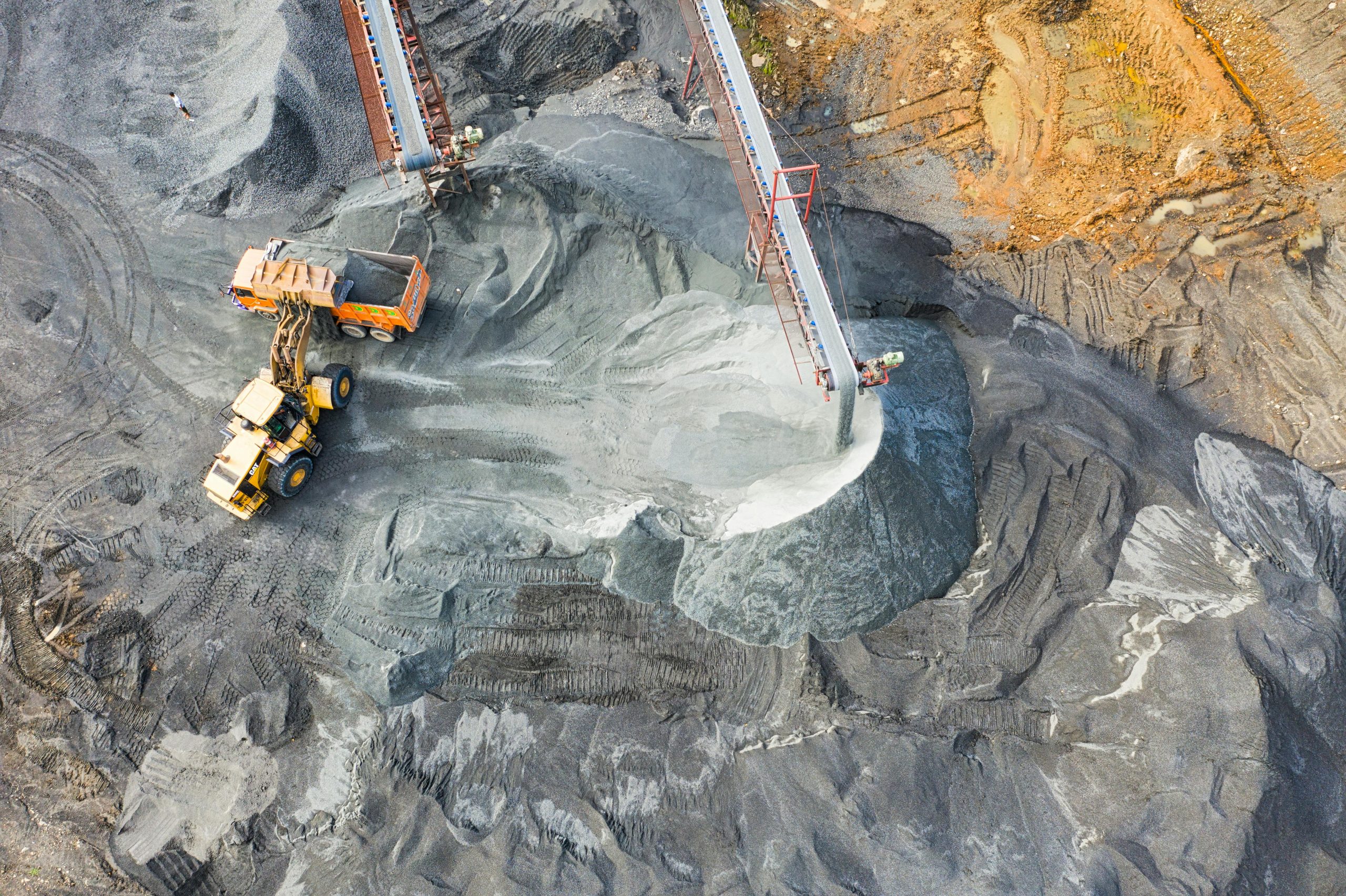Texas has long been a powerhouse in the United States’ mining sector, contributing significantly to the nation’s economy. However, to maintain and enhance its leading position, the state faces a critical challenge: developing a skilled, homegrown workforce to meet the industry’s evolving demands. Investing in local talent is not just beneficial but essential for Texas to continue its dominance in mining.
The Current State of Texas Mining
In 2016, the natural resources and mining industry contributed $122.6 billion to Texas’ economy, accounting for nearly 8% of the state’s GDP. This sector provided more than 65,000 jobs, representing 2% of all Texas employment. The majority of these positions were in mining, quarrying, and oil and gas extraction, which accounted for 73% of the industry’s jobs.
Despite these impressive figures, the industry faces challenges in workforce development. Between 2010 and 2017, the sector added over 15,000 positions, with significant growth in mining and oil and gas extraction. However, attracting skilled technicians and workers proficient in next-generation technologies such as artificial intelligence, automation, and data analytics remains a hurdle.
The Imperative for Workforce Investment
To address these challenges, Texas must invest in education and training programs that align with the mining industry’s needs. Governor Greg Abbott’s approval of the Texas Workforce System Strategic Plan for fiscal years 2024–2031 marks a significant step in this direction. Developed by the Texas Workforce Investment Council, the plan aims to guide the state’s workforce system partners in administering training and development programs to cultivate a well-educated, highly skilled workforce.
The plan emphasizes the importance of collaboration among state agencies, educational institutions, and industry stakeholders to ensure that training programs are relevant and effective. By aligning educational curricula with industry requirements, Texas can prepare its residents for high-demand roles in the mining sector.
Educational Initiatives and Opportunities
Community and technical colleges across Texas play a pivotal role in workforce development. These institutions offer specialized programs tailored to the mining industry’s needs, providing students with practical skills and knowledge. For instance, partnerships between colleges and mining companies facilitate internships and apprenticeships, offering hands-on experience to students.
Moreover, the Texas Workforce Commission’s Labor Market Information Department provides detailed analyses of the state’s demographics, labor market, and occupational employment trends. This information is invaluable for educational institutions and policymakers to design programs that address current and future workforce demands.
Challenges Ahead
Despite these initiatives, challenges persist. The rapid advancement of technology in mining operations necessitates continuous upskilling and reskilling of the workforce. Additionally, attracting younger generations to careers in mining requires changing perceptions about the industry and highlighting the opportunities it offers.
Workforce development also presents obstacles, as the mining industry works to attract skilled technicians and workers with next-generation technology skills in AI, automation, and data analytics.
The Role of Industry Stakeholders
Industry stakeholders must actively participate in workforce development. By collaborating with educational institutions, they can ensure that training programs are aligned with real-world requirements. Investing in employee development through continuous training programs can also help retain talent and keep the workforce adept at handling emerging technologies.
Furthermore, companies can offer scholarships, sponsorships, and mentorship programs to attract and support students pursuing careers in mining. Such initiatives not only build a pipeline of skilled workers but also demonstrate the industry’s commitment to community development.
Conclusion
Texas stands at a crossroads in its mining industry trajectory. While the state has a rich history and substantial contributions to the sector, sustaining and enhancing this position requires a concerted focus on developing homegrown talent. By investing in education, fostering industry-academia collaborations, and promoting continuous learning, Texas can ensure that its mining workforce remains competitive and capable of leading the nation.
The path forward demands commitment from all stakeholders—government, educational institutions, and industry leaders—to cultivate a workforce that not only meets the current demands but is also prepared for the future challenges of the mining industry.
(Source : newsbreak.com)


